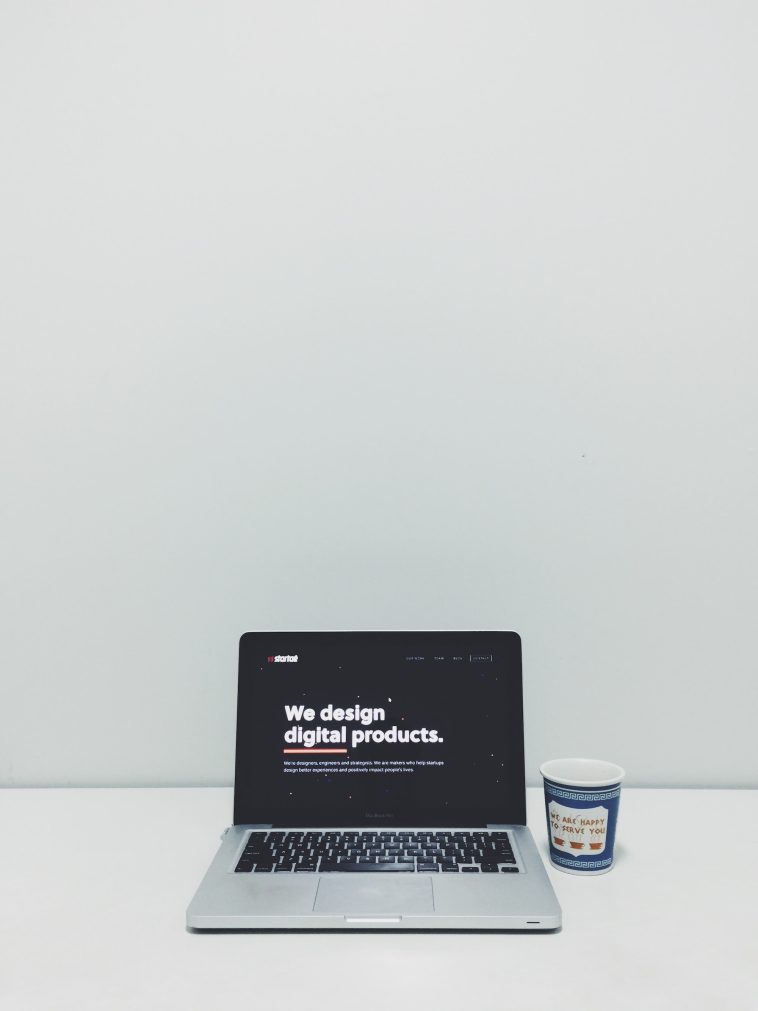If you’re creating digital products—ebooks, templates, courses, printables, or anything downloadable—you probably want one thing: to sell them fast. Not six months from now. Not after you build a huge audience. But now.
I get it. I’ve been there. You spend hours crafting something valuable, something that solves a real problem, and then… crickets. No one buys. Or worse, you get one or two sales and then it just stalls. It’s frustrating.
The good news? You don’t need a massive email list or thousands of social media followers to start selling your digital products quickly.
What you need is a solid strategy, a clear message, and the right platforms to get your product in front of the people who want it.
Let me walk you through it.
What Counts as a Digital Product?
Before we jump into selling, let’s be clear on what a digital product actually is. A digital product is something you sell online that doesn’t require shipping. It’s created once and can be sold over and over again. Some common examples include:
Ebooks
Online courses
Notion templates
Lightroom presets
Printable planners
Stock photos or videos
Digital art
Software or code snippets
These products are often low-cost to produce, easy to deliver, and scalable. That’s why so many creators, freelancers, and side hustlers are diving into them.
Why Digital Products Sell Faster Than You Think
The demand for digital goods is growing fast. According to Statista, the global e-learning market alone is projected to hit $375 billion by 2026.
And that’s just one corner of the digital product world. People are online every day, looking for quick solutions they can download instantly.
The key is showing them that your product is the answer to their problem.
How To Sell Digital Products Fast (Step-by-Step)
Here’s the process I use and recommend to others when they want to make quick sales:
1. Pick a Problem You Can Solve Immediately
People buy digital products because they want a shortcut, a solution, or to save time. So your product should solve a real, specific problem.
Let’s say you’re good at organizing finances. A simple Notion budget tracker template could be your product. Just make sure it solves something your audience actually cares about, like:
How to track spending monthly
How to save for a trip or emergency
How to manage freelance income
Don’t just think about what you can create. Think about what people search for or struggle with.
2. Keep It Simple
You don’t need to build a massive 10-module course. Start small. Sell a mini ebook, a checklist, a template. The easier it is for someone to consume and see results, the more likely they are to buy it—and recommend it.
This also means you can create it faster and start selling sooner.
3. Set Up a Quick Landing Page
You don’t need a full website. Just one clean, focused page that explains:
What the product is
Who it’s for
What problem it solves
How it helps
Use tools like ThriveCart, Gumroad, Payhip, or Podia. These platforms let you sell without having to build a full ecommerce site.
Include testimonials if you have them, and use plain, honest language. Focus on clarity, not cleverness.
4. Price It For Speed
If you want sales fast, price your first product in the $5–$25 range. This is the impulse-buy zone. It removes hesitation and gets people to act quickly.
You can always increase the price later or bundle it into something bigger.
5. Use Fast-Action Traffic Sources
Now that your product and page are ready, you need traffic. And not just any traffic—traffic from people already interested in what you offer.
Here are a few ways to drive sales quickly:
Great for planners, templates, printables, or anything visual. Pins can go viral fast. Use Canva to design simple pins and link them to your landing page.
Find subreddits where your target audience hangs out. Offer helpful advice and mention your product when relevant. No hard selling.
Facebook Groups
Join 3–5 niche groups related to your product topic. Be helpful, answer questions, and then casually drop a link to your product when it fits.
TikTok / Instagram Reels
Create short videos showing the problem your product solves and how it works. Example: “Here’s the Notion template I use to track my side hustle income.”
If you have an email list, even a small one, send a direct offer. Make it time-sensitive to encourage quick action.
6. Offer a Launch Discount or Bonus
People love a good deal. If you’re launching your product, offer:
A limited-time discount (e.g. “Only $7 until Friday”)
A free bonus (e.g. “Buy the planner, get the goal-setting checklist too”)
An exclusive version (e.g. “First 50 buyers get access to a private Q&A session”)
This helps build urgency and pushes people to act.
7. Get Testimonials Quickly
After your first few buyers, ask for feedback. Keep it casual. One sentence is enough. Things like:
“This saved me hours!”
“Exactly what I needed.”
Add these to your landing page or product description. Social proof sells.
8. Turn Buyers Into Repeat Customers
Once someone buys from you, they’re more likely to do it again. Send a follow-up email offering:
Another related product
A discount on a bundle
A referral bonus (e.g. “Share this and get 25% of each sale”)
This turns one product into a mini business.
FAQs
How do I choose what kind of digital product to sell?
Think about what you know, what people ask you for help with, and what you’re already using in your own life. Focus on solving a very specific problem.
Do I need a website to sell digital products?
No. You can use platforms like Gumroad, Payhip, or ThriveCart to host and sell your product with just one landing page.
Can I sell digital products without a social media following?
Yes. Platforms like Pinterest, Reddit, and even paid ads can get you fast traffic. You can also sell via email or online communities.
What file types work best?
PDFs are great for ebooks and checklists. Google Docs or Notion links are good for templates. Zip files work for bundles.
What tools do I need?
Use Canva for design, Gumroad or Payhip to host your product, and Google Docs to write content. Keep it lean and simple.
Final Thoughts
Selling digital products fast isn’t about being everywhere or spending hours promoting. It’s about being clear, specific, and helpful. Focus on solving one real problem, price it right, and get it in front of the people who need it.
I’ve seen people make their first $100 from digital products in less than a week. Not because they had a huge following—but because they took action and made it easy for buyers to say “yes.”
So let me ask you:
What digital product could you launch this week that solves one problem and gets results fast?





GIPHY App Key not set. Please check settings